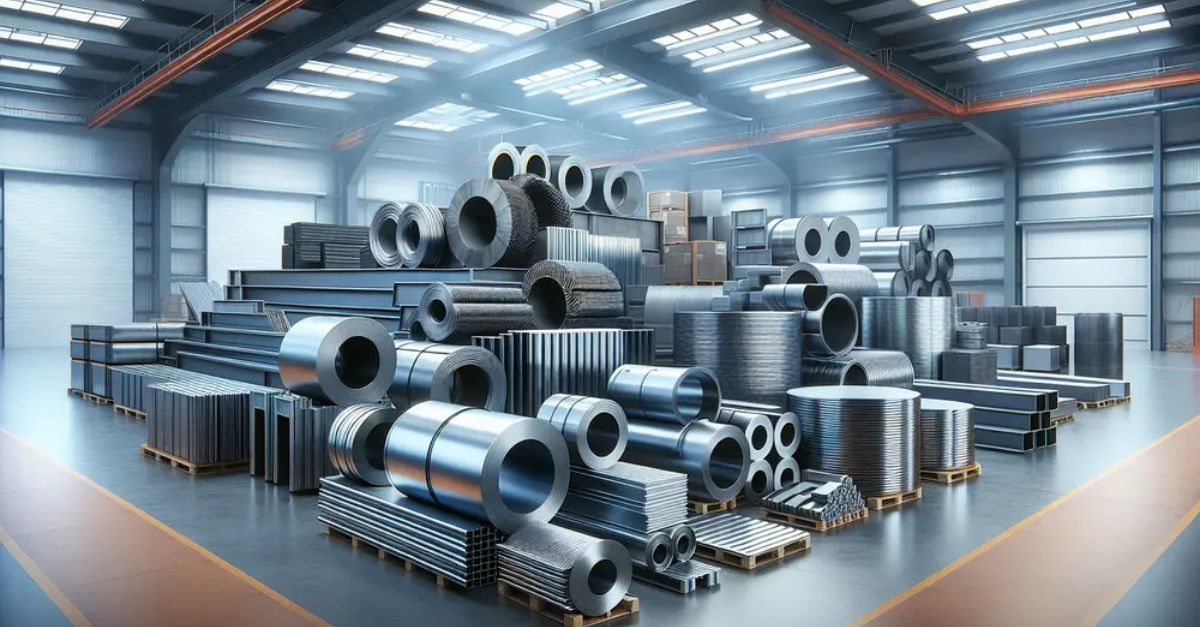India–US Trade Tensions Rise Over Steel and Auto Tariffs NMDC Limited reports a 38% drop in Q4 FY24 consolidated net profit RINL to Raise $23 Million Through Land Sales Amid Crisis

New Delhi, India – Indian steel prices could face downward pressure as the U.S. imposes fresh tariffs on imported steel, disrupting global trade flows, according to a report by S&P Global. The shift in trade dynamics is expected to increase competition in key export markets for Indian steelmakers, further impacting domestic pricing.
The U.S. administration's decision to increase tariffs on steel imports aims to protect its domestic industry but has unintended consequences for global suppliers. As Chinese and other Asian steel producers look for alternative markets, an oversupply situation could develop, leading to price declines in countries like India.
“With restricted access to the U.S., surplus steel from major exporters like China, Japan, and South Korea may flood markets like India, Southeast Asia, and Europe, driving prices down,” an S&P Global analyst stated.
India’s steel industry has already been grappling with higher input costs and fluctuating demand. The potential influx of cheaper steel could force local producers to adjust pricing strategies to remain competitive. Export markets for Indian steel, such as Europe and the Middle East, may also experience increased supply pressures.
Additionally, industry leaders are urging the Indian government to consider protective measures, such as anti-dumping duties, to shield domestic producers from an influx of low-cost steel.
With global steel trade in flux, Indian manufacturers will need to navigate shifting demand-supply dynamics carefully. While lower steel prices could benefit construction and infrastructure sectors, producers might face margin compression unless corrective actions are taken.
Also Read : India’s Jindal Stainless Aims at Sustainability with New Power Pact Nuclear Power Key to Steel Industry’s Future, Says Ex-POSCO Chief